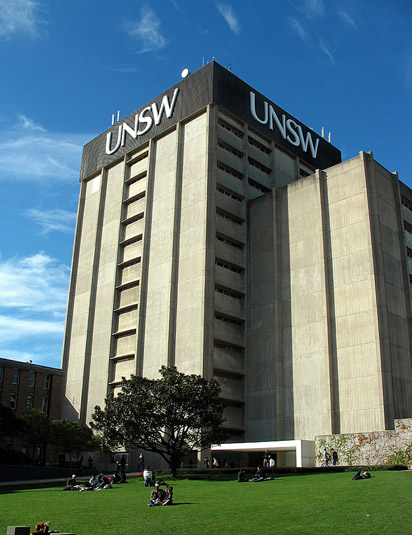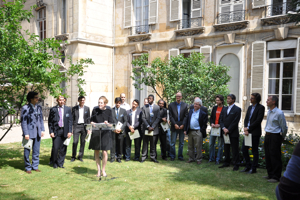Sometimes I feel like an eskimo in snowstorm; there aren’t any like-minded souls out there… This from...
Australia
Rob McInnes is a Partner at Dibbs Barker in their Intellectual Property Group. He advises established businesses, start-ups, research organisations,...
Kickstarter.com is now accepting projects in Australia and New Zealand http://www.kickstarter.com/australia . People can start building their projects...
Associate Professor Buckland has been named the 2013 Australian ICT Educator of the Year by the iAwards – a...
Applications for The Founders Institute Sydney Spring Intake are closing 4th August. The Founders Institute is a global...




